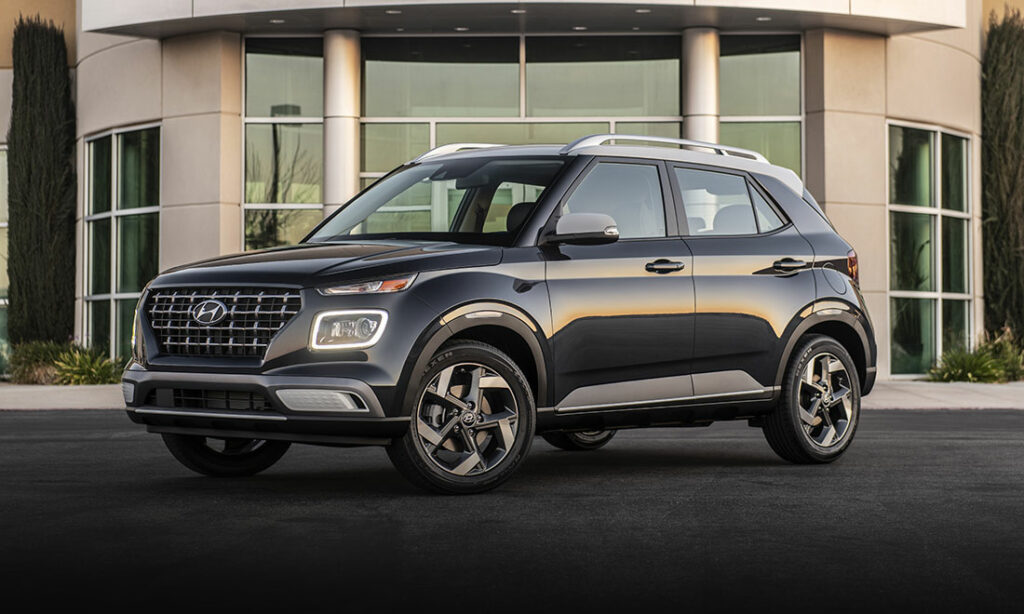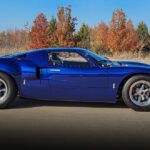Retro Review: Chevy C10
Take a walk down memory lane with this retro review of the iconic Chevy C10, the predecessor to General Motors’ modern day pickup truck line.
Chevy C10 Beginnings
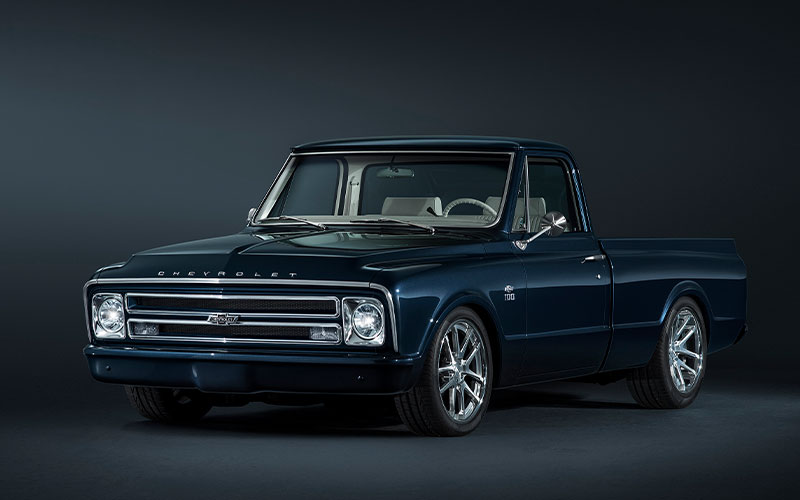
1967 Chevrolet C10 – media.chevrolet.com | Shop Chevy C10 on Carsforsale.com
With a roughly three-decade run, the Chevy C10 is one of the most important vehicles in the history of Chevrolet. Which is saying something considering the storied background of this more than 100-year-old automaker. From building vehicles for World War II to the original Corvette – that we dive into here – and the cutting-edge Corvair, a history of which you can read here, Chevrolet has no shortage of successes. However, pickup trucks are the bread-and-butter that fill the General’s coffers and keep the lights on. Which is where the Chevy C10 comes in.
The C10 was the truck that General Motors honed over a 30-year span that saw consumer tastes change from strictly utilitarian pickup needs to daily driving comfort machine. It paved the way for the modern day Silverado, that itself has been in production for over 20 years. Not to mention the basis for the Chevy Suburban, which holds the distinction of being the longest running nameplate in automotive history. So, it’s not overstating things to say the Chevy C10 was a keystone vehicle in the more than 100-year history of Chevrolet and General Motors.
First Generation: 1960-1966
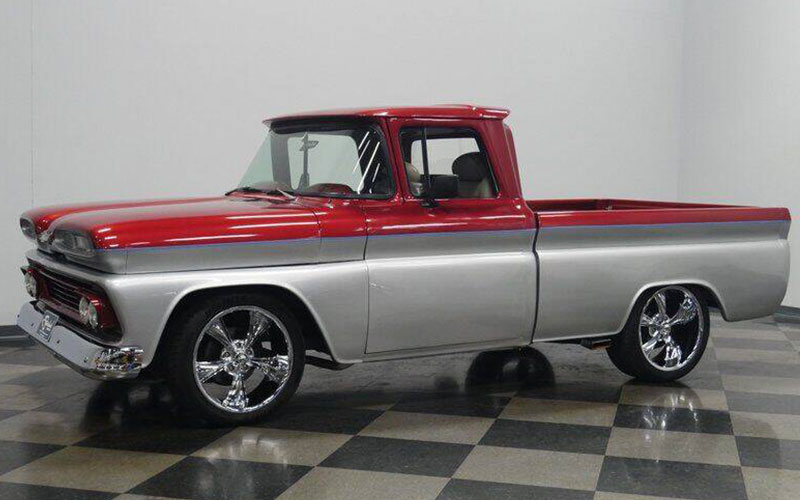
Known as the C/K series, where C stands for RWD and K for 4WD, this long line of Chevy pickups kicked off with the first generation in 1960. Replacing the Task Force range of trucks, the C10 slotted in the half-ton segment with larger versions like the C20 and chassis cab setups also available. The prior generation shared components with the General Motors A-body platform, whereas this new C10 lineup was developed specifically as a truck. It was also the first time General Motors offered factory-built 4WD versus the aftermarket conversion approach in prior years.
The new C10 also blended certain sedan features to make it more user friendly while maintaining rugged durability. For instance, up to now, pickup trucks featured straight frame rails. The new C/K series featured a “drop-center” setup that allowed for a lower cab height and easier entry. Chevy also replaced the front beam-axle suspension with an independent setup and coil-sprung rear axle for a better ride. Though not nearly the level of carlike comfort we’re accustomed to with today’s pickup trucks, this approach was a gentle push in that future direction.
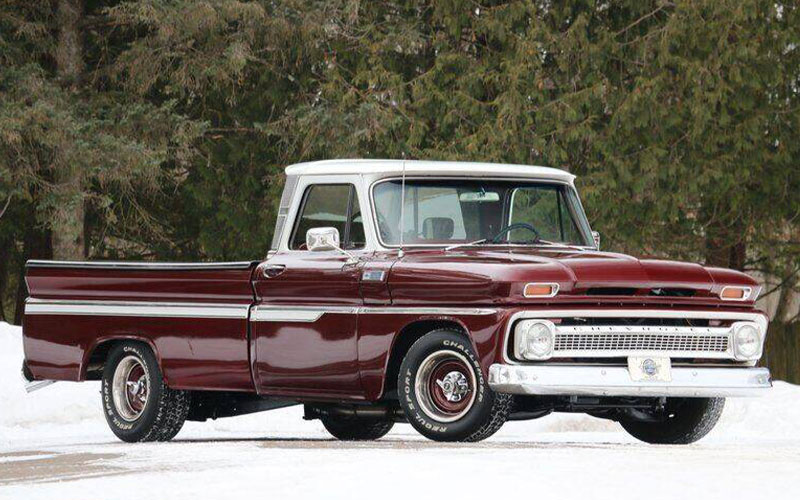
This first generation C10 was only offered in a 2-door cab configuration with the option for a 6 ½-foot bed on a 115-inch wheelbase and 8-foot bed on a 127-inch wheelbase. There was also a super-long 9-foot bed that could be had on the Stepside model, which featured a step between the rear wheels and cab. Unlike today, there was no sweeping overhaul of the Chevy C10 in the first six years. Instead, GM instituted a series of gradual changes like eliminating the large oval air intakes on the hood and adding a curved windshield.
Not as common these days, Chevy offered variety of straight-six engines, including a 236 CID base motor. This being American iron, there was of course an optional 283 CID V8 to go along with it and transmissions ranging from a three-on-the-tree manual, four-speed manual and a 2-speed Powerglide automatic. You can read more about powertrain configurations in this Engines Explained article.
Second Generation: 1967-1972
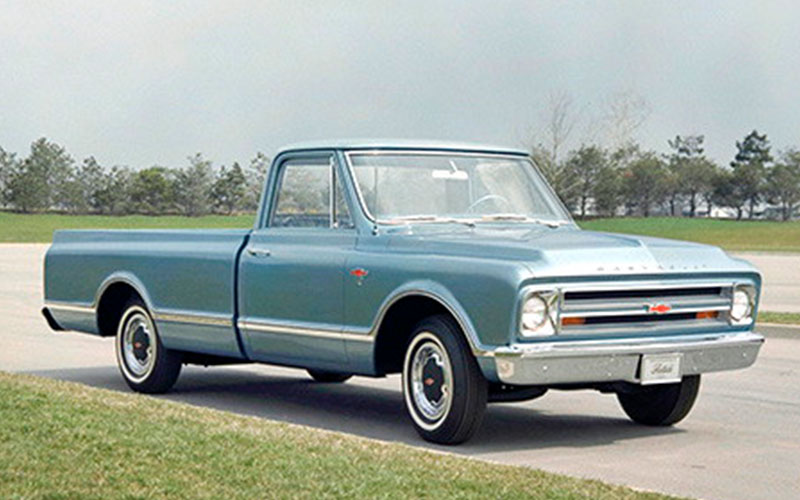
Designated the “Action Line” by General Motors, the second-gen Chevy C10 was redesigned from the ground up with a fresh modern look that was also known as the “Glamour Pickup” for its pleasant styling. The frame and rear suspension carried over from gen-one but features like a steel double-walled cargo bed and front disc brakes upgraded the C10’s utility. Interior improvements such as increased padding and insulation, a low-profile steering wheel and foot-operated parking brake were intended to catch the eye of bring new consumers into the pickup truck fold.
GMC, who shared the C/K platform with Chevy, was responsible for much of this new approach of adding comfort and convenience to a pickup. It helped land this generation on our list of five favorite classic trucks and is a distinction that exists today between the corporate cousins. The blurring of lines between utility and comfort in a truck went further during this second generation as Chevy pulled in features from their sedan lineup like an AM/FM radio, carpeting, air conditioning and power steering.
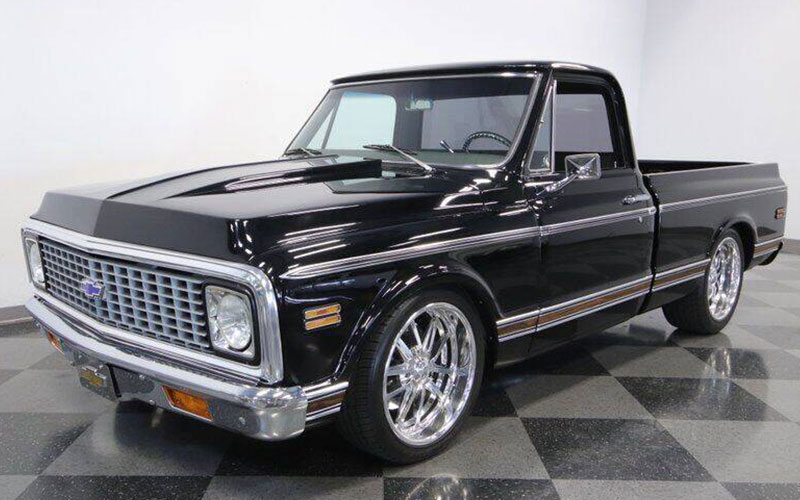
In 1968, a big-block V8 was offered in the C/K series for the first time as one of the eight engine options to choose from. That included a 250 and 292 CID inline-six and V8’s with displacement ranging from 307 to 396 cubic inches. It is not surprising, as this was the muscle car golden era that saw basic transportation like the Nova undergo transformation into smoky burnout legend, as you can read about in this retro review.
Focused on the camping crowd, Chevy introduced a Longhorn C10 during this period, that featured a stretched 8 ½-foot cargo box to accommodate a bed-mounted camper with beefy leaf springs out back to handle the load. It would also be the first appearance of the Sierra nameplate, which at the time as a trim level on the GMC side of the house. This generation would mark the end of two-door only Chevy C10 cab configuration as the automaker would soon pioneer the crew cab layout that is so common today.
Third Generation: 1972-1991

1976 Chevrolet C10 – media.chevrolet.com | Shop Chevy C10 on Carsforsale.com
This long stretch of C/K pickup truck production was highlighted by a design that utilized wind tunnels and computers for the first time to reduce drag and improve fuel economy. Chevy called it the “Rounded Line” due to the new soft-edged look that resulted from this new design approach. However, it was known amongst the general public as the “Square Body”. This was understandable as the new truck was longer and wider, with straight lines, lending it a boxy appearance. Reinforcing this were the squared off wheel wells that broke with the circular style on every truck before and have been used on every Chevy truck since.
This generation of the Chevy C10 saw an increasing level of car-based content like power windows, power locks and a dashboard with centered controls and gauges closer to the driver. A leaf-sprung rear suspension setup became standard and in 1978, the C/K series became the first American full-size pickup sold with a diesel engine. In this case, it was a 5.7L model from Oldsmobile that was followed by a 6.2L variant in 1982.
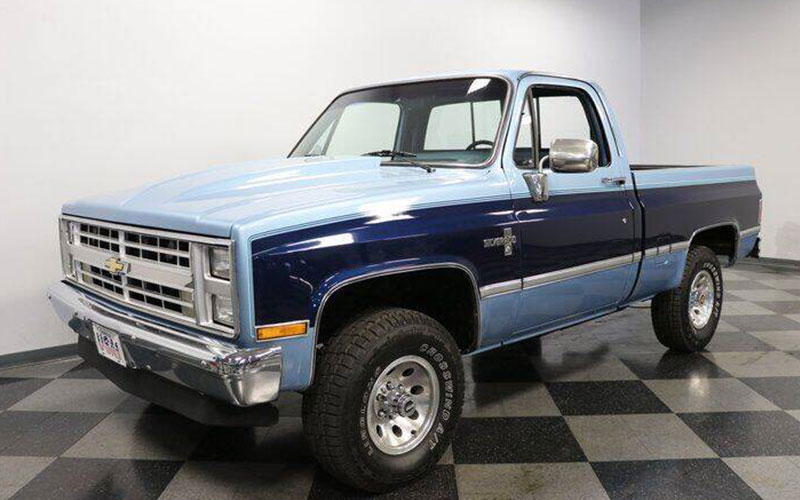
The final run of the C10 series saw the first use of a 454 CID V8, brake linings without asbestos and the first appearance of the Silverado nameplate as an available trim level. Another important first within the C/K series was the offering of a dual-rear axle on the one-ton C30 model in 1972. Featuring a crew cab four-door configuration, it had room for six and the first use of curved side window glass. Nicknamed “Big Dooley”, it would become the blueprint for the modern heavy-duty pickup truck.
1987 was the last year for the Chevy C10 moniker, as General Motors introduced the new GMT400 pickup truck platform with the R/V series. However, the C/K series was sold side-by-side with the new R/V series until being completely phased out in 1991. The Chevy C10 was in production for nearly 30 years and introduced many of the pickup truck features and amenities that are taken for granted today. It would lead to the stand-alone Silverado nameplate that has now been in production of over 20 years. Without doubt, the Chevy C10 is one of the most important vehicles in Chevrolet history.


